7 Tips to Know Before Buying Bonsai Indoor Plants
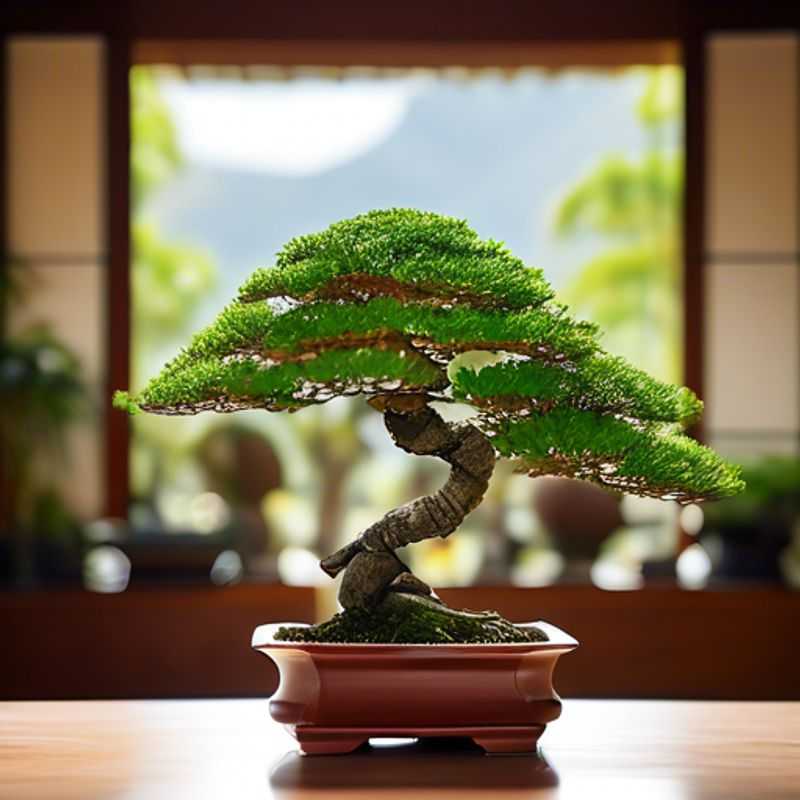
7 Essential Tips for Indoor Bonsai Success: From Species Selection to Maintenance
Bonsai trees, with their miniature elegance, are a captivating addition to any indoor space. However, bringing a bonsai home requires careful consideration to ensure its health and longevity. Here are seven key things to know before purchasing your bonsai:
1. Choose the right bonsai species for your indoor environment.
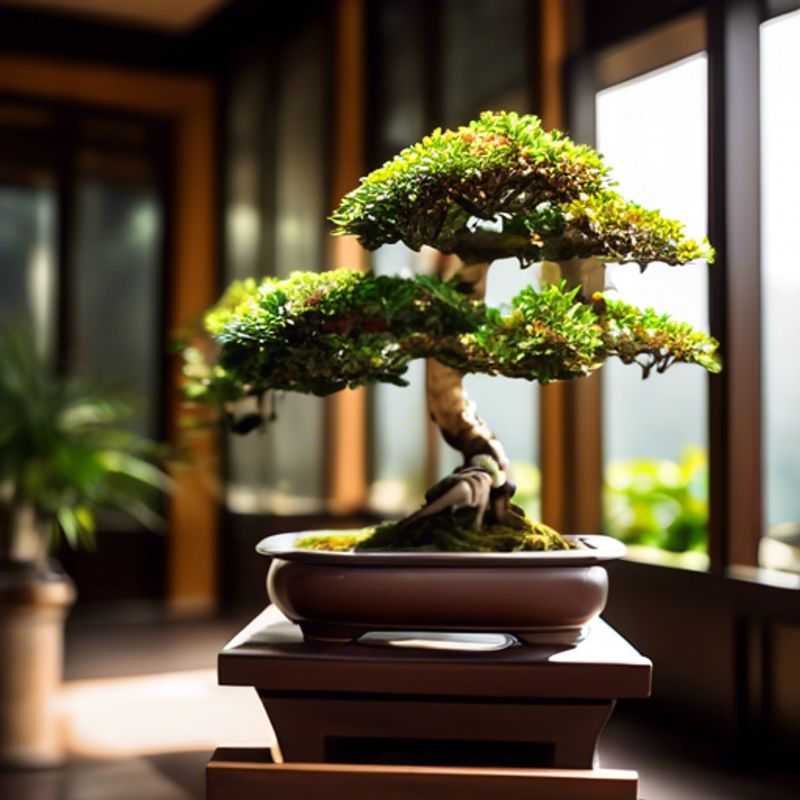
Choosing the Right Bonsai Species for Your Indoor Environment
Choosing the right bonsai species for your indoor environment is crucial for their survival and your enjoyment. Here's a guide to help you select the perfect miniature tree for your home:
Light: Assess your home's natural light conditions. Bonsai species like Ficus and Serissa thrive in bright, indirect light, while Juniper and Pine tolerate lower light levels.
Temperature: Consider your home's temperature range. Bonsai are sensitive to extreme temperatures. Species like Japanese Black Pine and Chinese Elm are cold-hardy, while tropical species like Ficus prefer warmer environments.
Humidity: Bonsai require moderate humidity. If your home is dry, you may need to mist your tree regularly or use a humidifier. Consider species like Ficus and Chinese Elm, which are more tolerant of lower humidity levels.
Space: Consider the available space for your bonsai. Some species, like Japanese Black Pine, can grow quite large over time. Others, like Juniper, can be kept small and compact.
Maintenance: Understand the maintenance requirements of different bonsai species. Ficus, for instance, requires regular pruning and fertilizing, while Juniper is relatively low-maintenance.
Cost: Bonsai prices vary significantly depending on species, age, and style. Be prepared to invest in a quality tree and ongoing maintenance.
By considering these factors, you can choose a bonsai species that will thrive in your indoor environment and provide you with years of enjoyment. Remember to research specific care requirements for your chosen species. You can find resources online, at local nurseries, or from bonsai clubs.
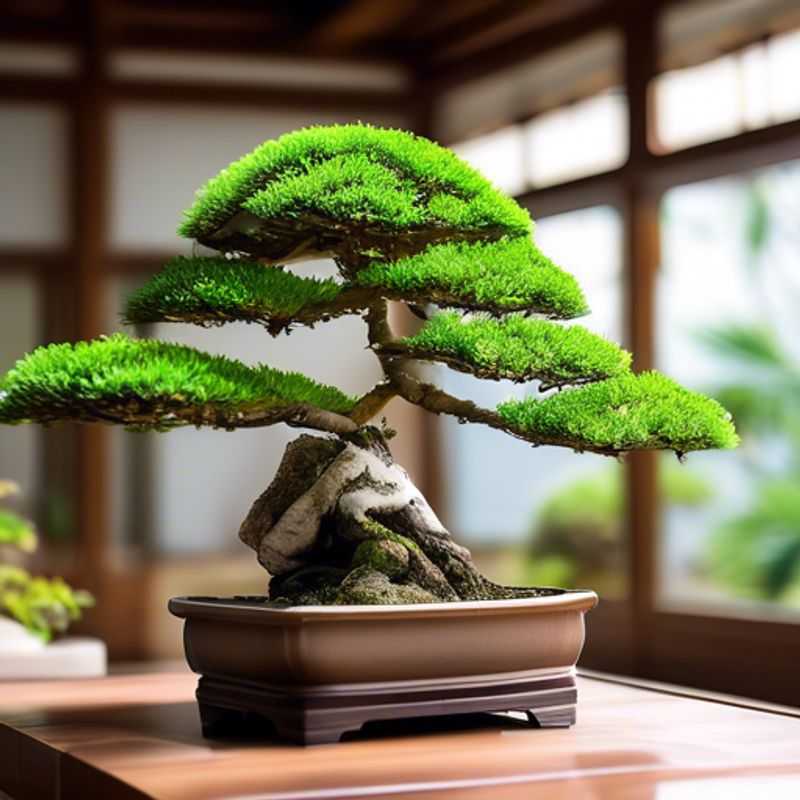
Sunlight and Humidity: The Key to Healthy Plants
Understanding the specific needs of your plants regarding sunlight and humidity is crucial for their healthy growth. The amount of sunlight and humidity a plant requires varies depending on its species.
Sunlight plays a vital role in photosynthesis, the process by which plants convert sunlight into energy. Most plants thrive in bright, indirect light, but some prefer shady conditions. To determine your plant's sunlight preference, research its species or observe its natural habitat. You can also use a light meter to measure the light levels in your home.
Humidity refers to the amount of moisture in the air. Plants from humid environments, such as tropical rainforests, often require higher humidity levels. You can increase humidity around your plants by grouping them together, placing them on a pebble tray filled with water, or using a humidifier. However, it's essential to avoid overwatering, which can lead to root rot.
Providing the right amount of sunlight and humidity is essential for the health and well-being of your plants. By understanding their specific needs and creating an optimal environment, you can help them thrive.
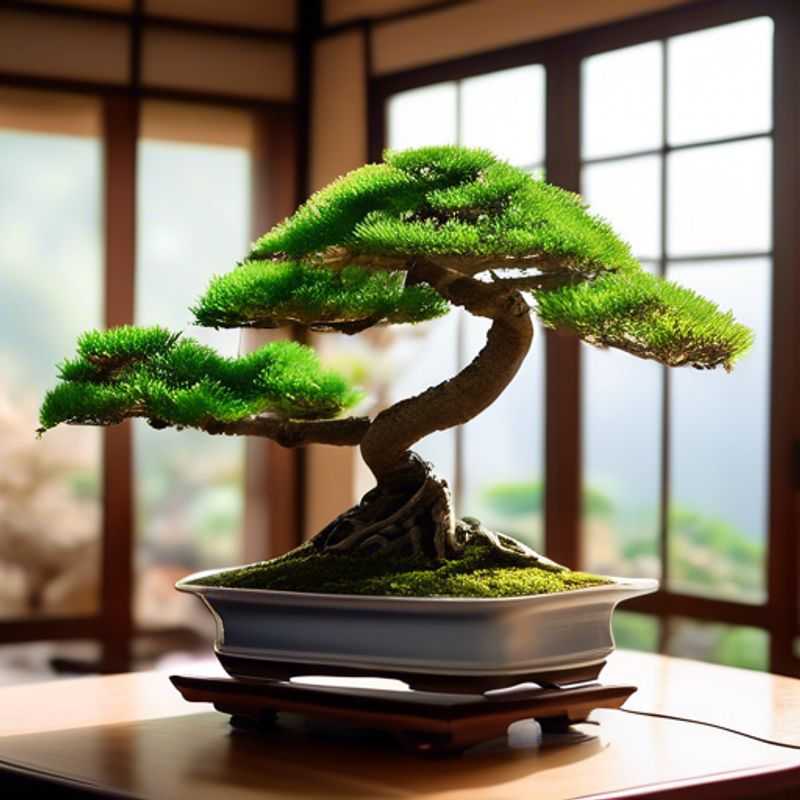
Develop a Consistent Watering Schedule: Preventing Over and Under-Watering
A consistent watering schedule is crucial for plant health, preventing both over- and under-watering. Understanding your plant's needs is key. Different species have varying water requirements. Research your plant's specific needs, taking into account its type, age, and growing conditions. Consider the pot size and material, as these affect water retention.
Start with a regular watering schedule, based on your research. Monitor the soil moisture by touching it or using a moisture meter. Adjust the schedule as needed. Water deeply, allowing water to drain out of the pot's drainage holes. Avoid frequent shallow watering, as this can lead to root rot. Water in the morning to allow the soil to dry slightly before nightfall, minimizing the risk of fungal growth.
Keep track of your watering schedule and observe your plant's growth. Note any changes in leaf color, drooping, or wilting. These signs can indicate over- or under-watering. Adjust your watering schedule accordingly, always aiming for a balance that meets the plant's needs.
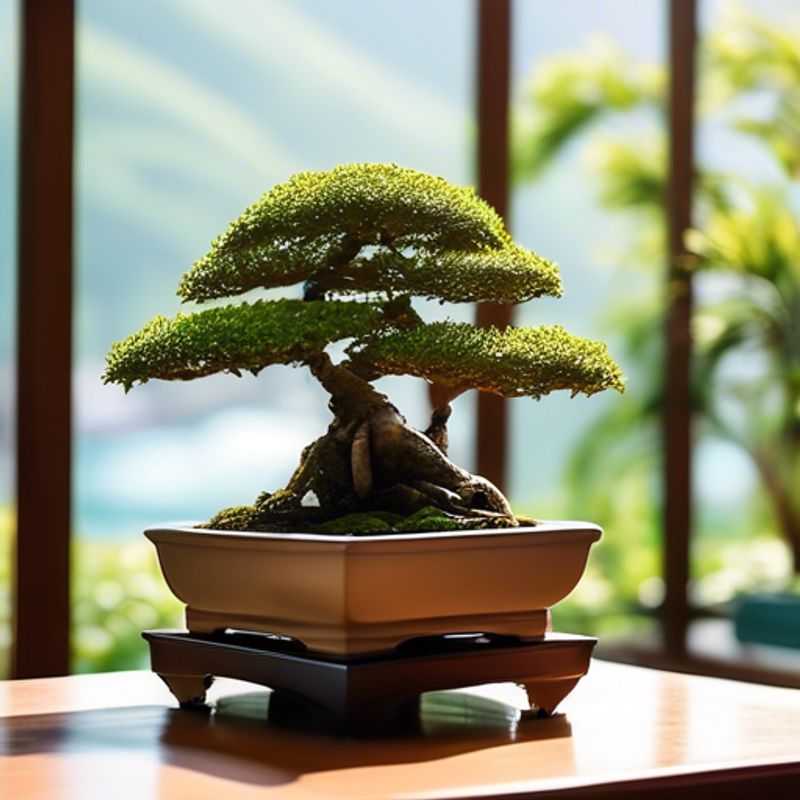
The Right Soil and Pot: Key to a Thriving Plant
A well-draining soil is essential for plant health. It prevents root rot by allowing excess water to drain away.
Choose a pot with drainage holes to ensure water can escape. If the pot doesn't have drainage holes, you can create them yourself with a drill.
The size of the pot should be appropriate for the plant's root system. A pot that's too big can lead to overwatering, while a pot that's too small can restrict root growth.
Consider using a potting mix specifically formulated for drainage. These mixes often contain ingredients like perlite or vermiculite to improve aeration.
Monitor the soil moisture levels to determine when to water. Let the top inch of soil dry out between waterings.
Overwatering is a common mistake that can lead to root rot. Always allow the excess water to drain away.
By following these tips, you can create a suitable environment for your plants to thrive.
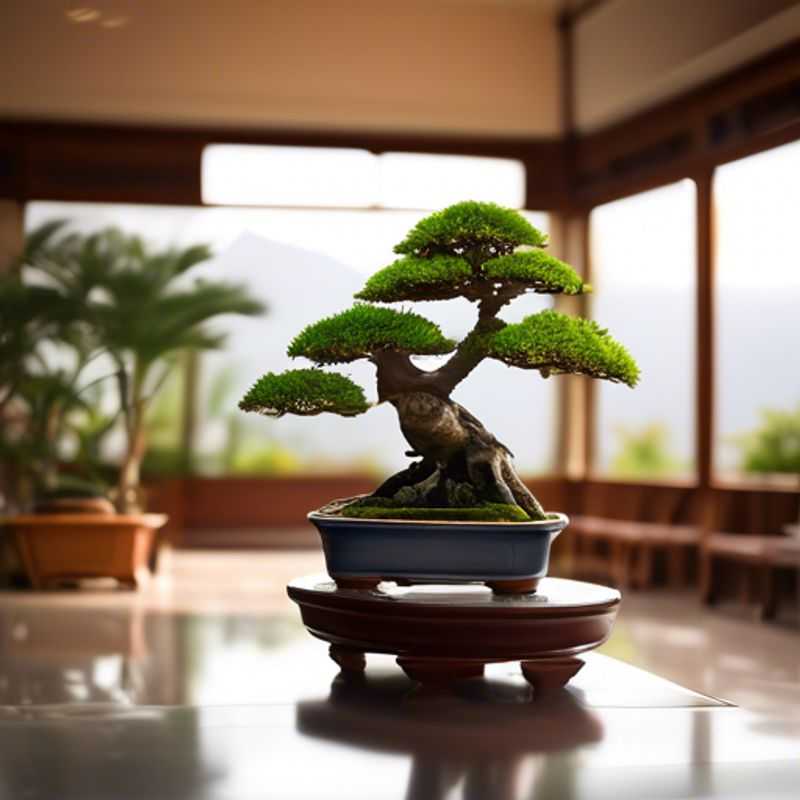
Pruning and Shaping Bonsai: A Guide to Maintaining Form
Pruning and shaping your bonsai is crucial for maintaining its aesthetic form and promoting healthy growth. It's a delicate process, requiring a keen eye and steady hand. Think of it like sculpting a living masterpiece!
Pruning Tools: Investing in quality pruning shears, clippers, and a pair of wire cutters is a wise move. You'll need them for precise cuts and shaping.
Timing is Key: The best time for pruning is usually during the late winter or early spring, just before the tree starts to bud. This minimizes stress and allows the tree to recover before the growing season.
Branch Selection: Choose branches that are healthy and growing in the wrong direction or are too long. Avoid cutting branches that are too thick, as this can damage the tree.
Proper Cuts: Use sharp tools and make clean cuts just above a bud. This helps the branch to heal properly and encourages new growth in the desired direction.
Shaping with Wire: Using specialized bonsai wire, you can gently bend and shape branches. It's important to check the wire periodically and adjust it as needed, as the tree continues to grow.
Patience is a Virtue: Bonsai shaping is a slow process that requires patience and persistence. Remember that you're working with a living organism, and it takes time to achieve the desired form.
Seek Expert Advice: If you are new to bonsai, consider attending a workshop or seeking guidance from a bonsai professional. They can teach you the best techniques and help you avoid potential mistakes.
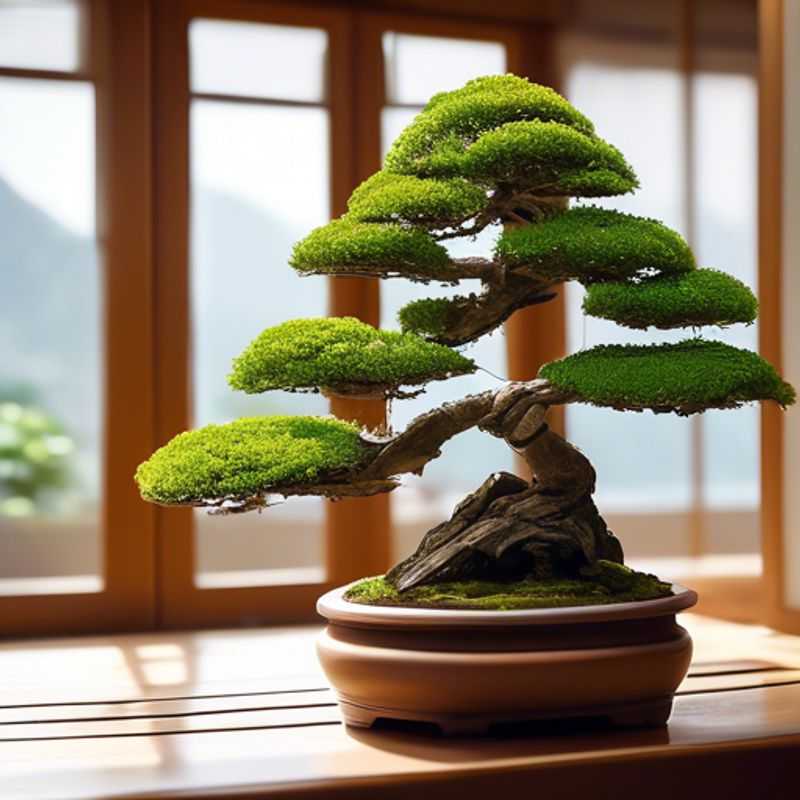
The Art of Patience: Cultivating a Bonsai's Journey
Growing a bonsai is a rewarding journey that requires patience and commitment. Unlike regular plants, bonsai trees take time to develop their unique shapes and characteristics. It’s essential to understand that this process can span several years, and rushing it can lead to unsatisfactory results.
To successfully cultivate a bonsai, you must focus on consistent care. This involves regular watering, appropriate sunlight, and proper pruning techniques. Each species of bonsai may have specific requirements, so research your particular type to ensure optimal growth.
Moreover, consider the financial aspects of bonsai cultivation. While initial costs for seeds, pots, and soil are relatively low, you may want to invest in quality tools and fertilizers as your bonsai matures. Joining a bonsai community or taking workshops can also incur costs but provide valuable knowledge and connections.
In summary, growing a bonsai is a long-term commitment that thrives on patience and consistent care. Embrace the slow process and enjoy the journey of nurturing your tree over time.
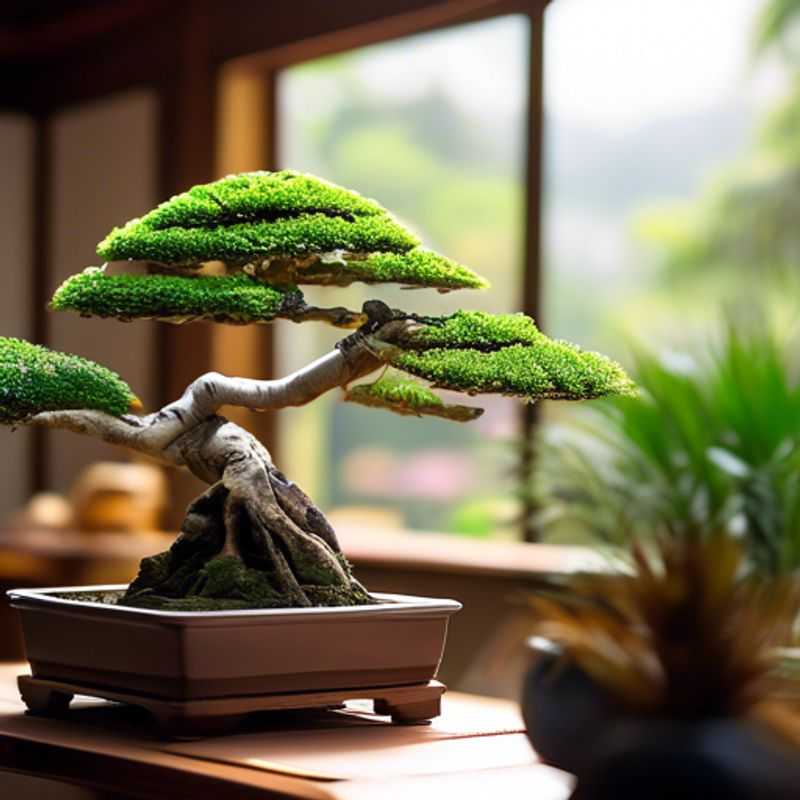
Nurturing Growth: Mastering Fertilization and Repotting Techniques
Understanding proper fertilization and repotting techniques is crucial for healthy plant growth. This guide will provide a quick overview of key points to consider.
Fertilization: Choose a fertilizer specifically designed for the type of plant you are growing. Follow the instructions carefully. Over-fertilizing can harm your plants. For example, excessive nitrogen can promote lush foliage at the expense of flowers. Use a balanced fertilizer with equal parts nitrogen, phosphorus, and potassium for most plants. Consider a slow-release fertilizer for steady nutrient delivery.
Repotting: Repotting provides fresh soil and more space for your plants to grow. Choose a pot that is just slightly larger than the current pot. Select a pot with drainage holes to prevent waterlogging. Repotting is typically done in the spring or early summer. Gently remove the plant from its pot, loosen the roots, and place it in the new pot with fresh soil. Water thoroughly after repotting.
Timing: The best time for repotting is during the plant's active growing season, usually spring or early summer. This allows the plant to adjust to its new pot and environment before entering dormancy. For most plants, repotting is done every 1-2 years, depending on the plant's growth rate and the size of the pot.
Important Note: Repotting and fertilizing can be expensive, especially for larger plants or specialized fertilizers. Research these costs before starting your gardening project.
